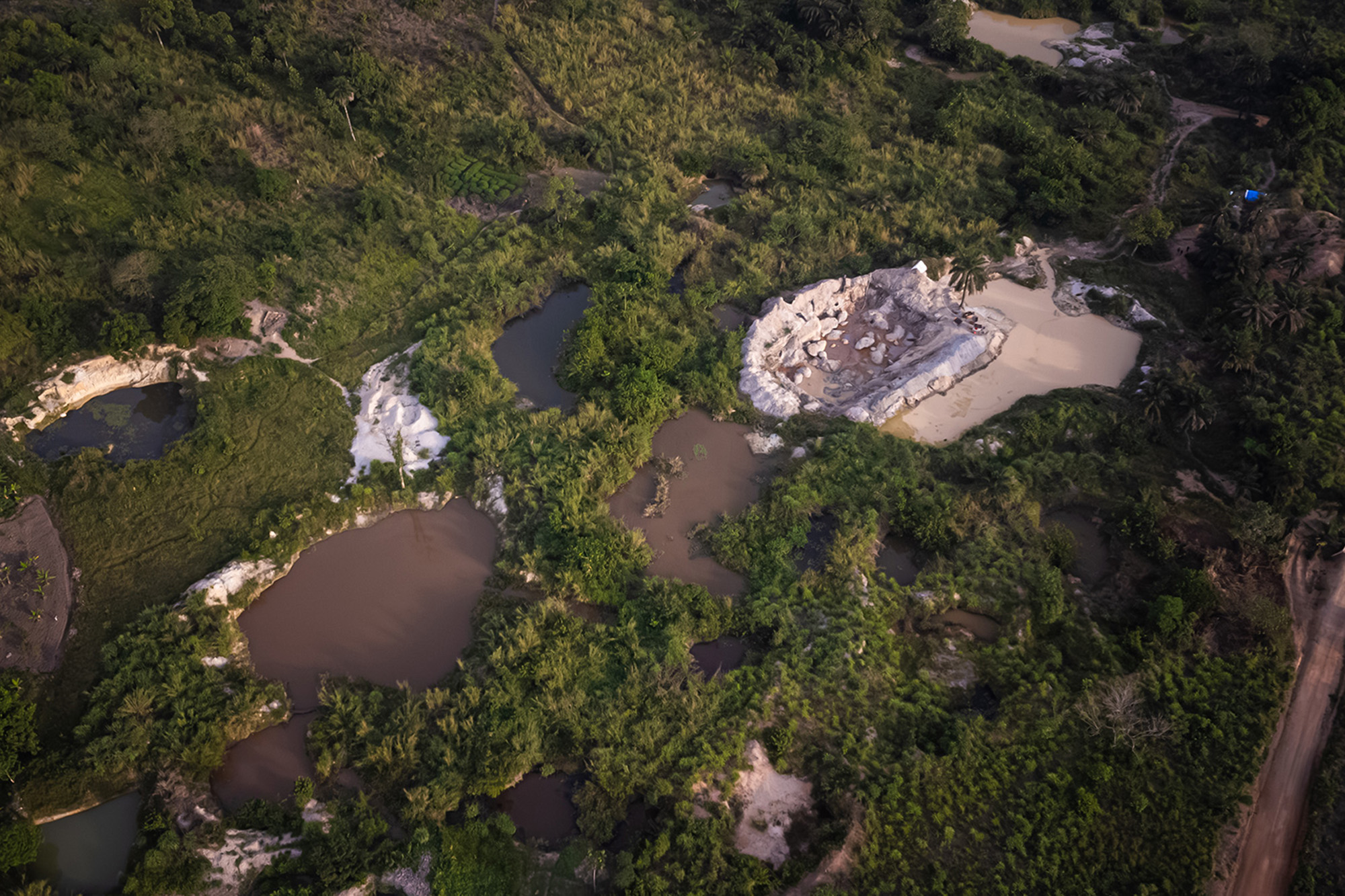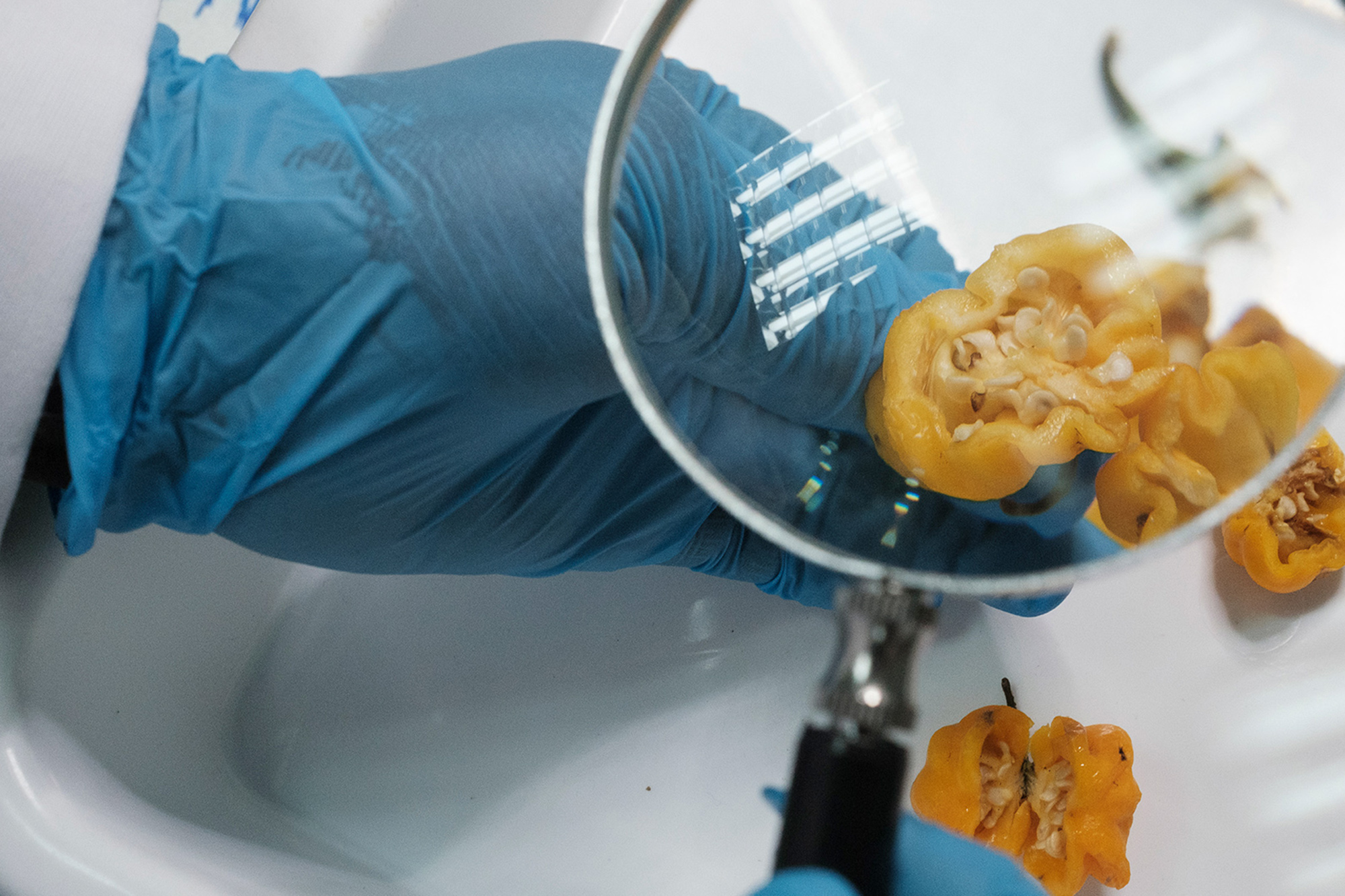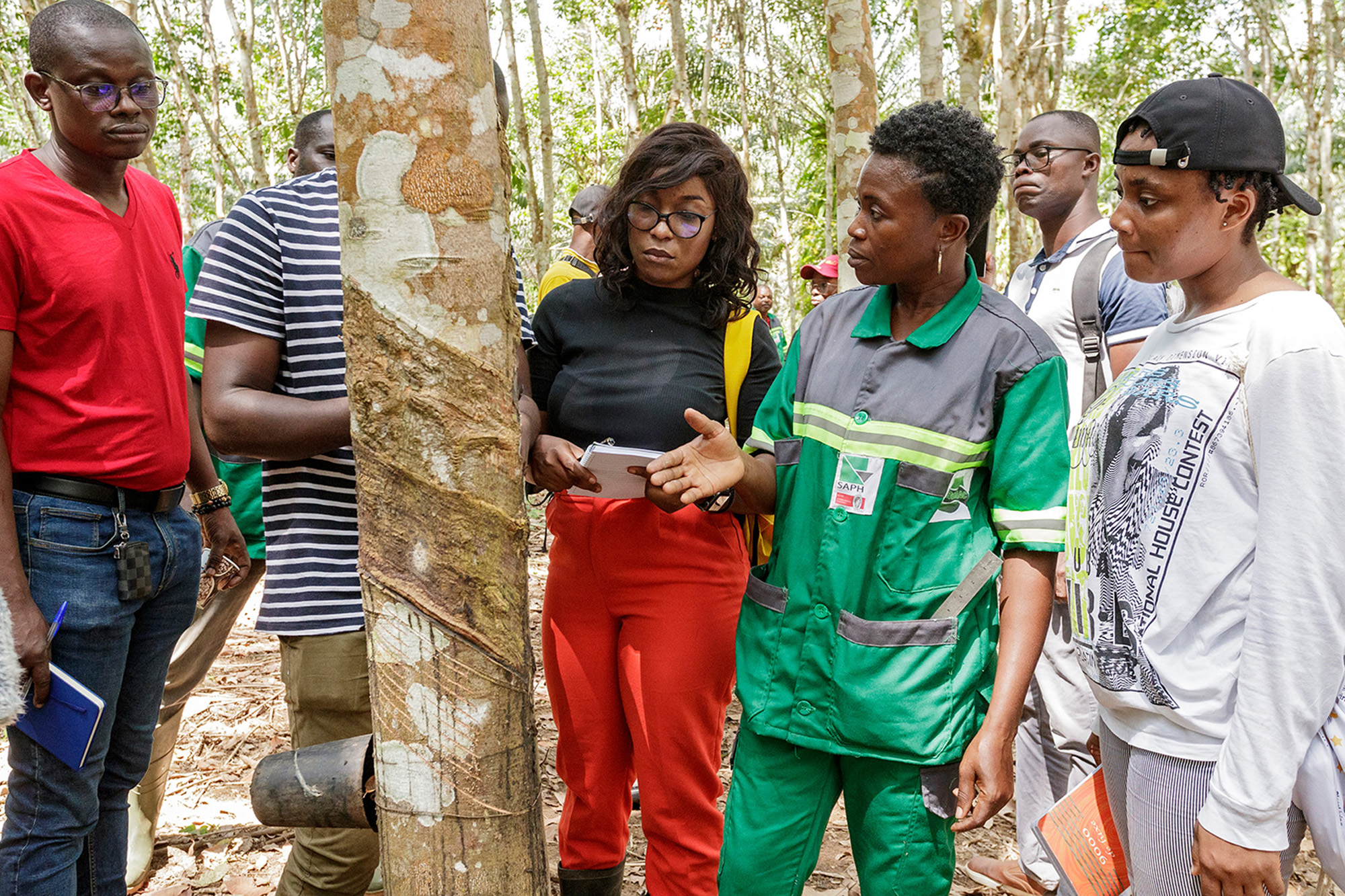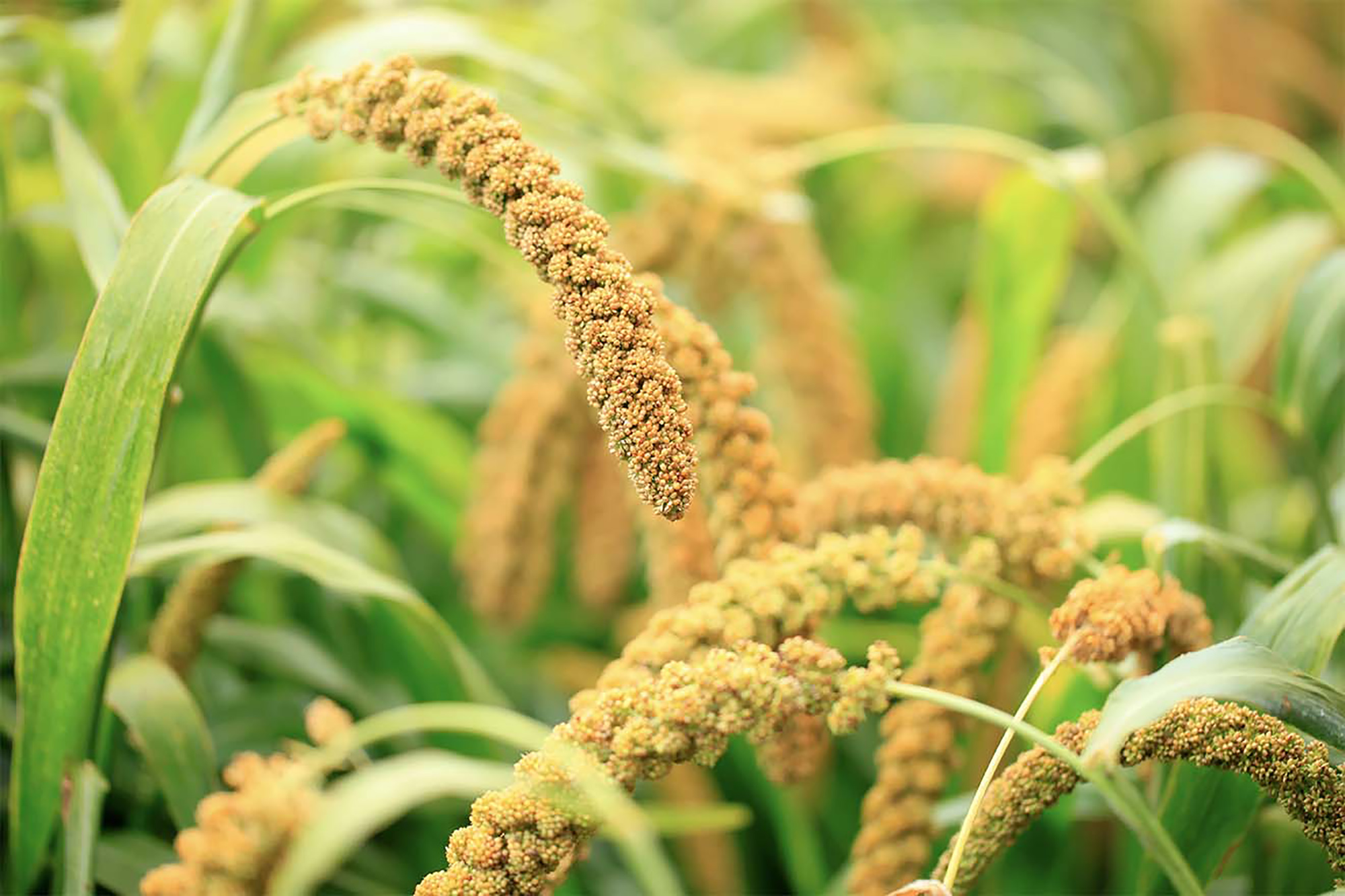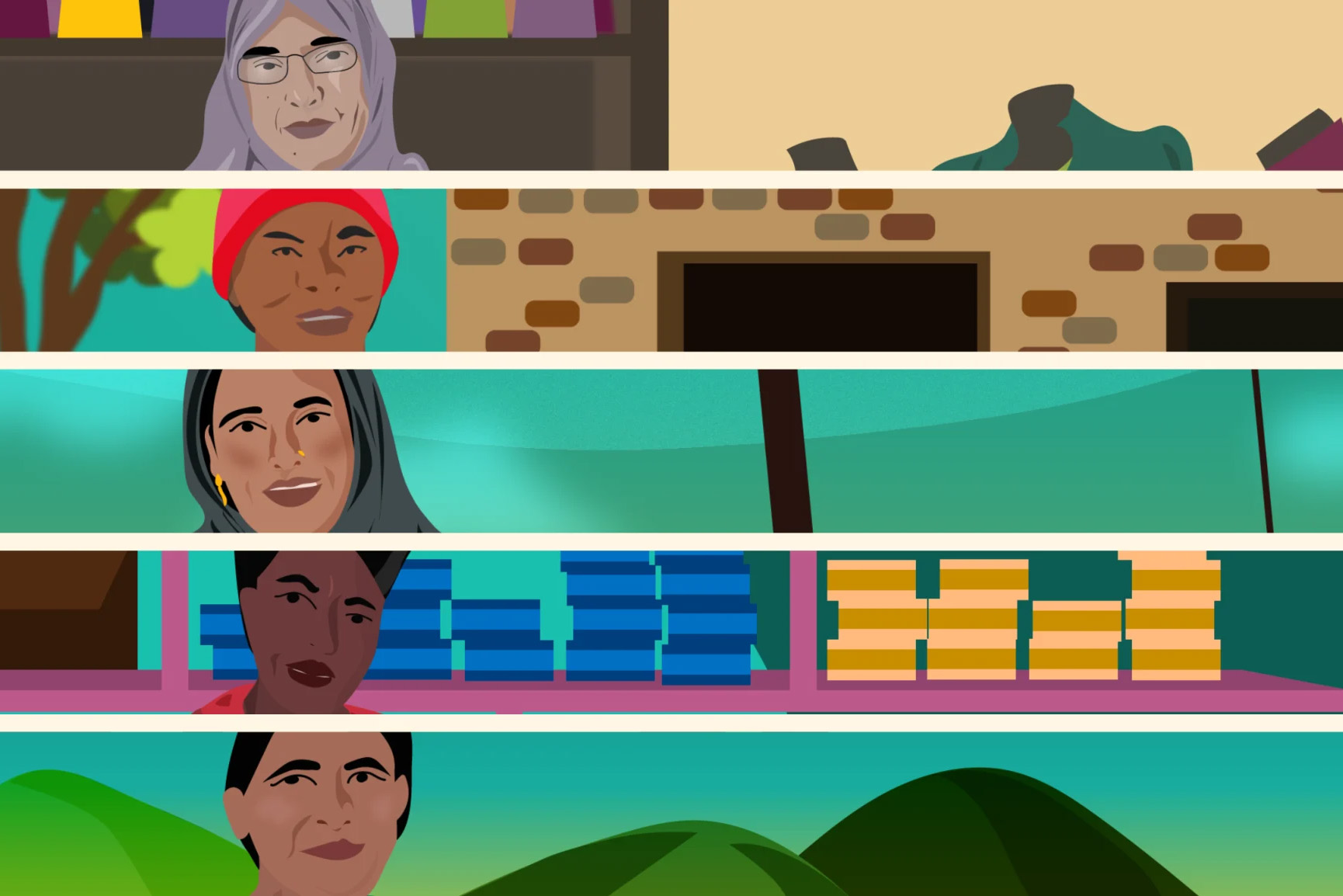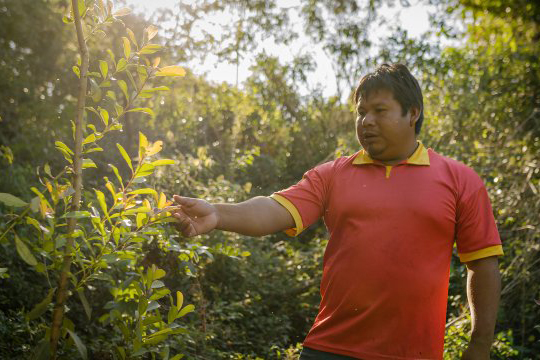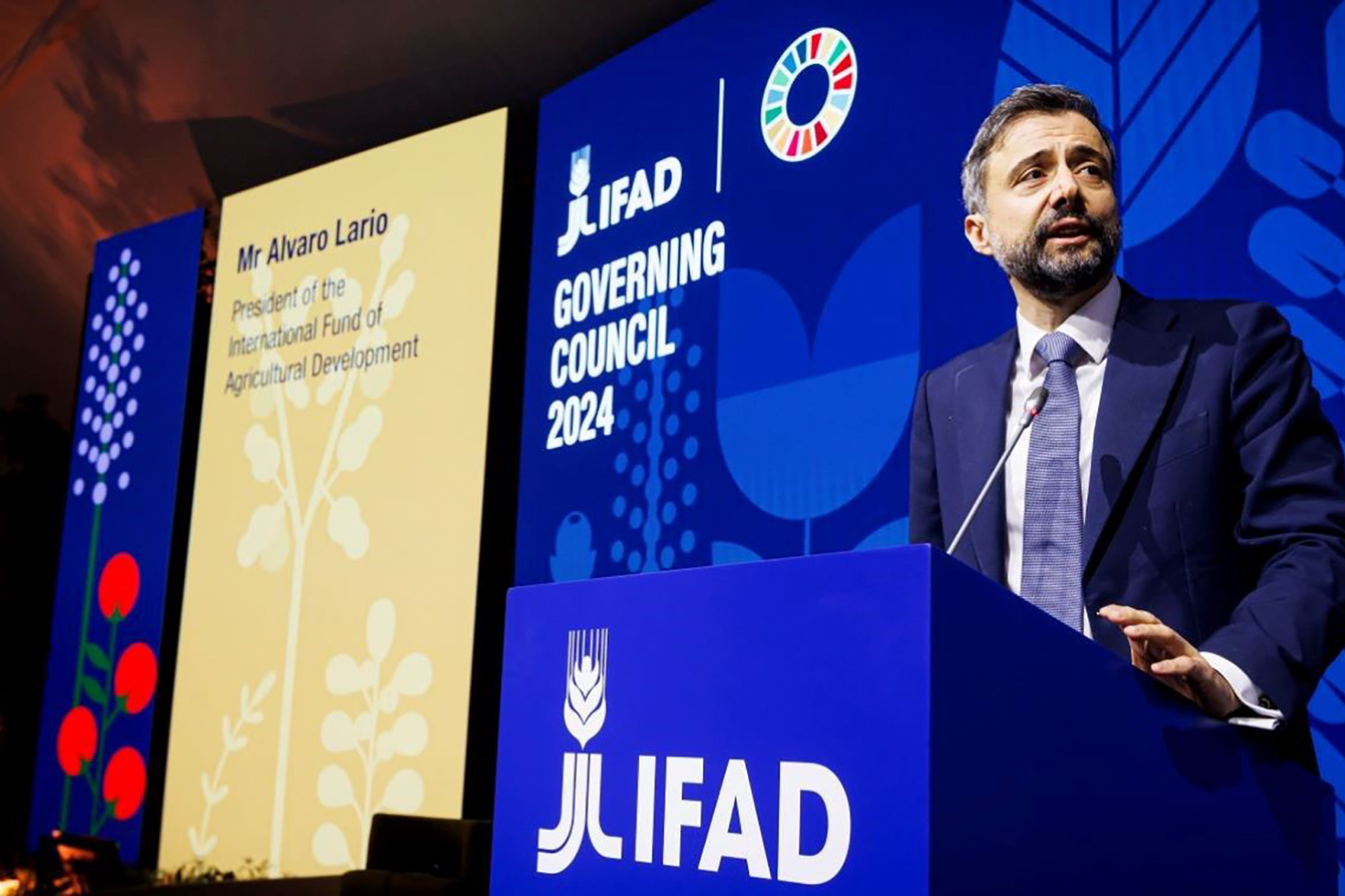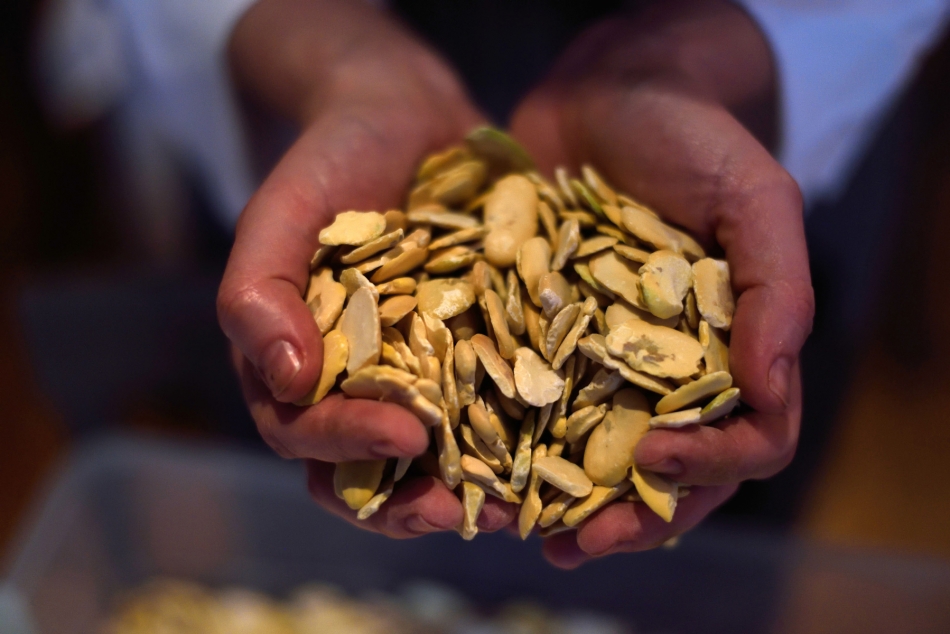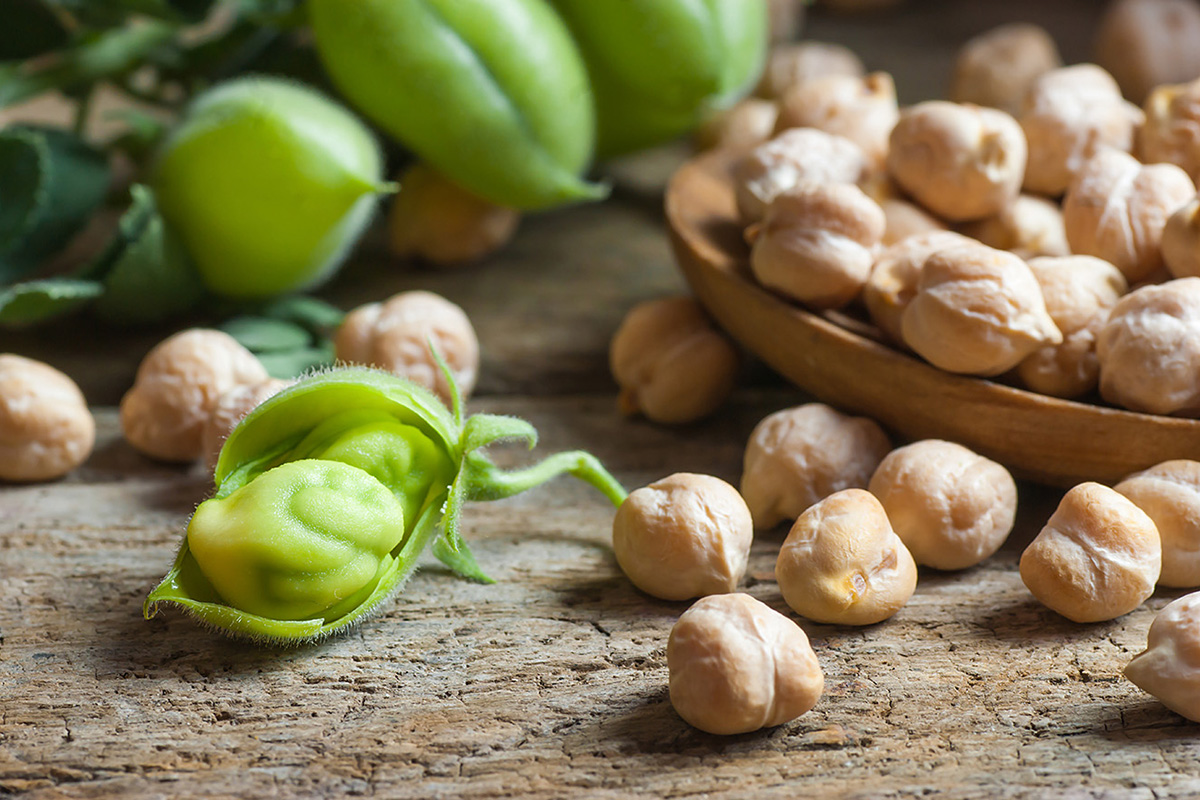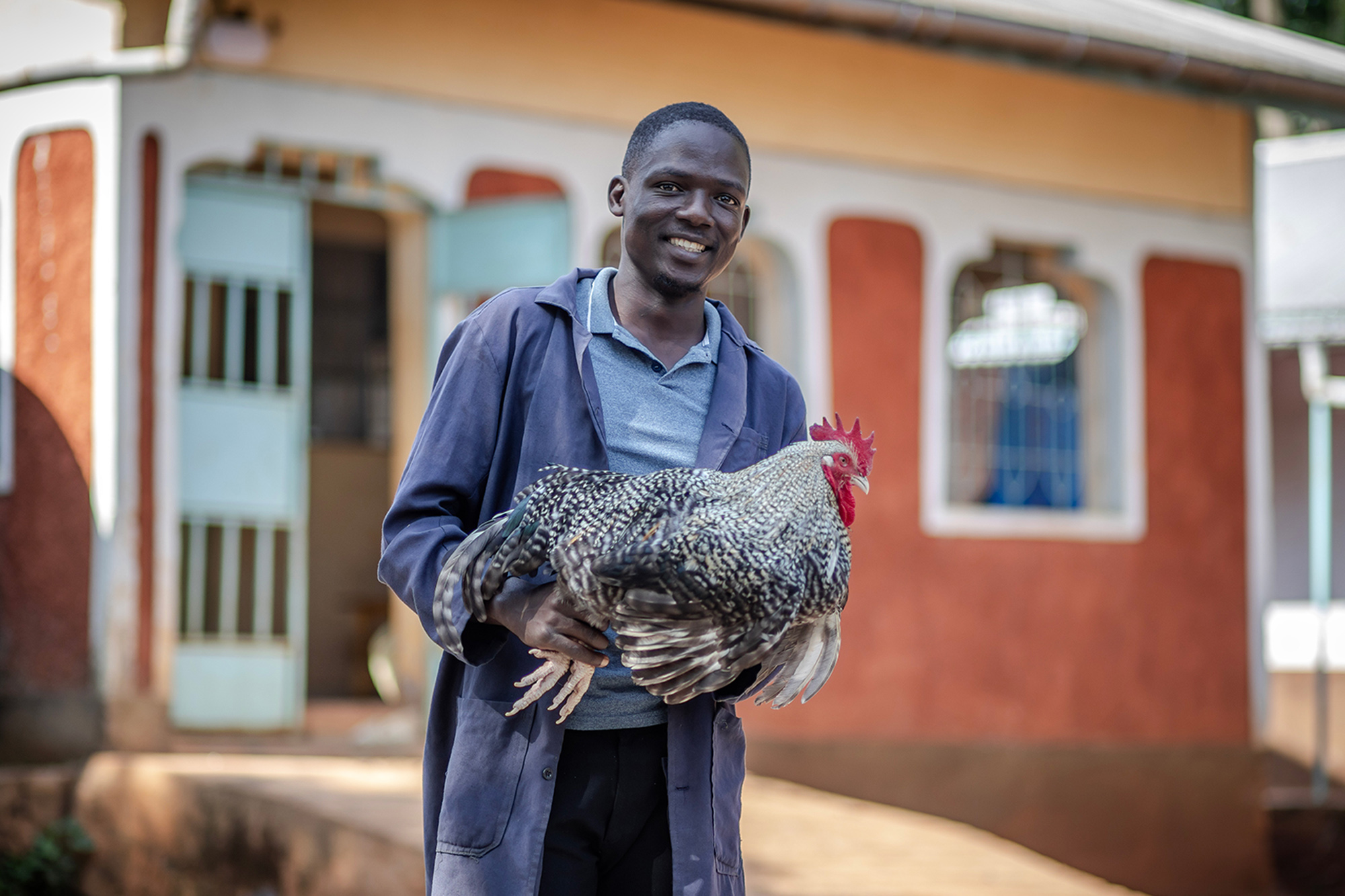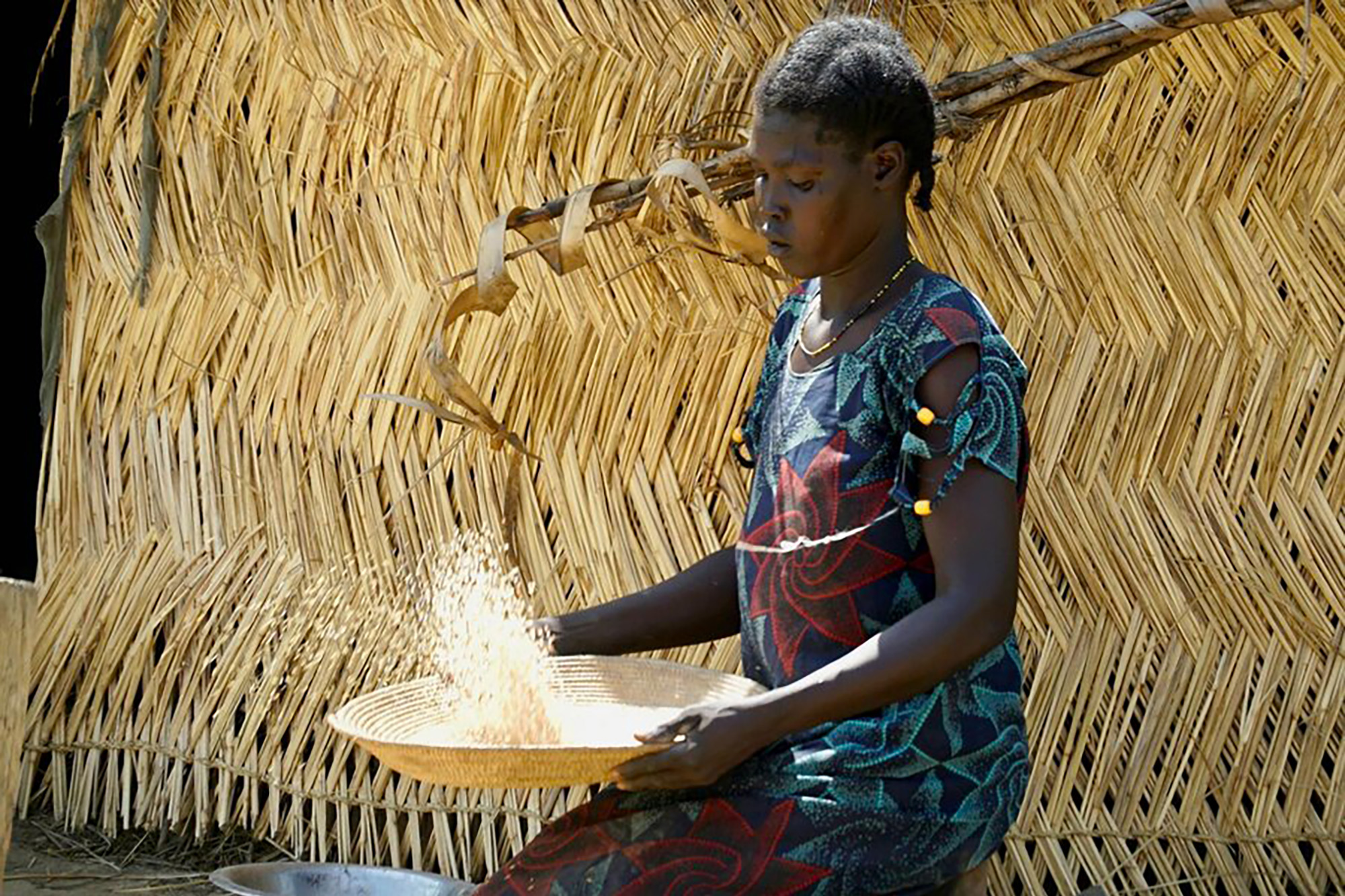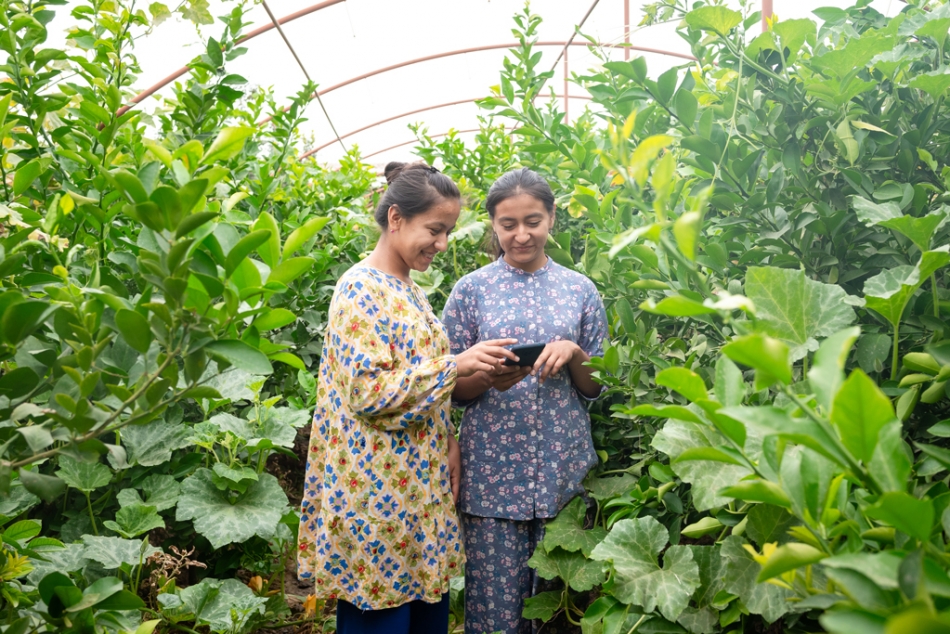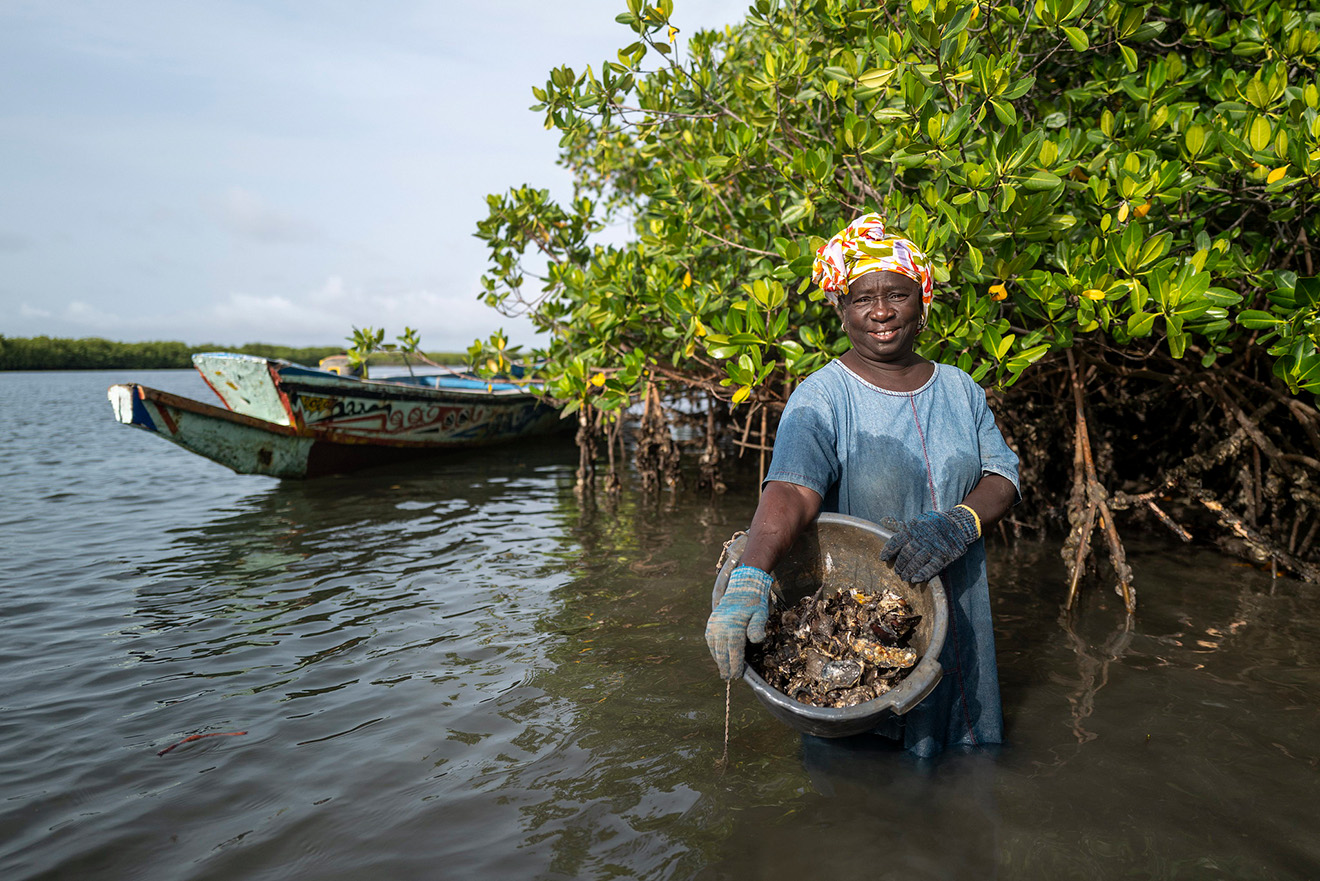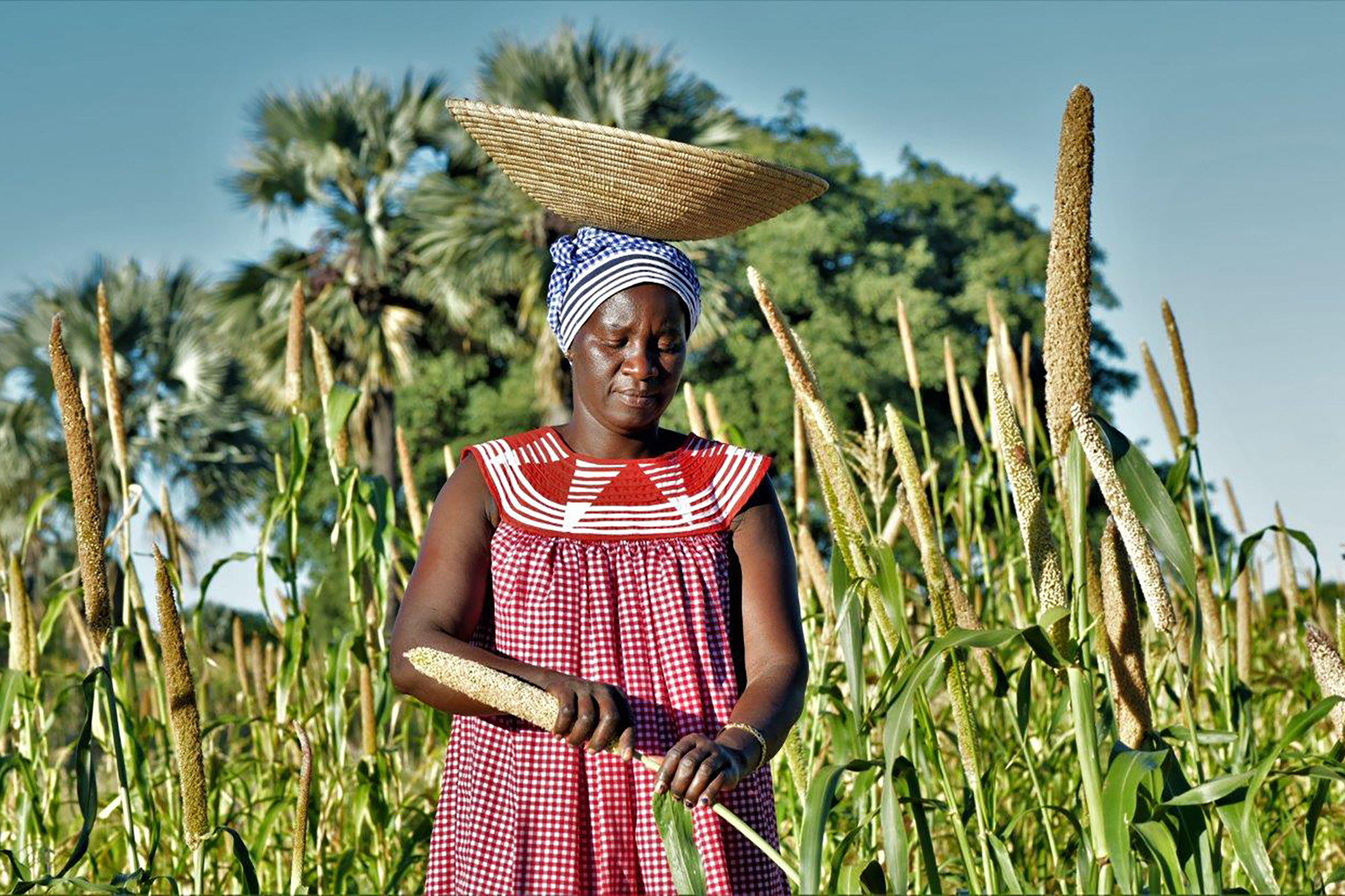The district of Kono in eastern Sierra Leone has been scarred by diamond mining, leading to a loss of topsoil, erosion, and conflict. However, a project by the Food and Agriculture Organization of the United Nations (FAO) is helping to reclaim the land for agriculture and generate employment opportunities for young people in the region. Through the initiative, young people are learning farming skills and using green techniques to rehabilitate the mined-out areas for organic horticulture and beekeeping.
Agriculture and Food
The Food and Agriculture Organization of the United Nations (FAO) promotes a One Health approach that values the interdependence of health between people, animals, plants and the environment. It calls on different sectors to work together to promote well-being and address threats to health and ecosystems. This approach also drives agrifood system transformation by addressing threats such as pests and diseases in animals, plants, and forests that reduce productivity, endanger biodiversity and threaten livelihoods. Some of the issues that FAO addresses by utilizing a One Health approach include antimicrobial resistance, overuse of fertilizers and synthetic pesticides, soil degradation, zoonotic diseases, and pandemics.
The work of statisticians is crucial to address food insecurity and improve food productivity. Young African women are working to bridge the data gap in their countries and improve the agricultural landscape. The Food and Agriculture Organization of the United Nations (FAO) Global Strategy to Improve Agricultural and Rural Statistics programme helps young statisticians to learn how statistical theory applies to real-life agricultural production and yield. FAO offers scholarships to applicants in African countries to pursue a one-year master's programme in Agricultural Statistics. The programme covers data collection and analysis, sustainable practices, and leveraging technology.
The International Year of Millets, which began in 2023, is nearing its end. It has been an invaluable opportunity to spotlight the nutritional and health benefits of millets, as well as their adaptability to challenging growing conditions, including climate change and minimal inputs. Consequently, they offer an ideal solution for nations seeking to diminish dependence on imported grains. If you're intrigued by the diversity and culinary potential of millets, explore this recipe book with enticing recipes from various regions, cuisines and cooking skills. Join the closing event organized by FAO.
Investing in women in agriculture is the surest path to prosperity and food security, empowering communities and fostering a sustainable future.
For generations, Ariel Benitez's ancestors, the Ava Guaraní people, one of the Indigenous Peoples living in eastern Paraguay, have been harvesting the green leaves of the yerba mate tree to make the bitter, caffeinated brew beloved in South America and beyond. With wild yerba mate trees increasingly scarce due to climate change, this community, with FAO’s assistance, is planting new trees to support the environment and their livelihoods. They've planted more than 1,500 of them in combination with several other species of native trees, which are important for both the local ecosystem and as traditional sources of food and medicines.
Focusing on innovation for a food secure future, the International Fund for Agricultural Development (IFAD) held its 47th Governing Council in Rome. IFAD's President emphasized the significance of innovation in reshaping the future of agriculture and showcased examples of AI-powered climate information systems and blockchain technology for digital wallets. The solutions aim to help small-scale farmers increase their production and livelihoods, while building resilience to shocks such as climate change, conflict and economic instability. These changes can have far-reaching impacts since small-scale farmers produce one-third of the world’s food, and up to 70 percent of food in some developing countries.
Pulses, have the potential to revolutionize agrifood systems by enhancing food security, nutrition, and soil health as emphasized by FAO on World Pulses Day, February 10th.
The celebration of the World Pulses Day aims to heighten awareness regarding the pivotal role pulses play in maintaining the health of both soils and people. By fixing atmospheric nitrogen into the soil, pulses enhance soil fertility and promote biodiversity. Simultaneously, the production of essential food for the global population is intricately tied to healthy soils, which ensure food security and provide essential minerals, crucial in preventing malnutrition. Therefore, pulses are not just providers of sustenance for humankind, but also contributors to the overall well-being of our ecosystems.
In western Kenya, Stephen Omondi Odhiambo has taught his wife and close ones sign language, after losing his hearing due to an illness at the age of seven. People with disabilities in the region often face marginalization, making it challenging to find work and leading to economic hardship. To break this cycle, the Food and Agriculture Organization of the United Nations (FAO) has partnered with Siaya Disabled Peoples Organization (SIDIPO) to promote jobs in the agrifood sector for youth with disabilities. The Integrated Country Approach (ICA) programme is helping to create quality work opportunities for rural youth in five countries, including Kenya, by making agrifood value chains more inclusive. Overall, the programme in Kenya benefitted 64 institutions, 148 youth organizations and 3,800 youths.
In northern South Sudan, farmer Nyandeng Noon Agany and her six children have been benefiting from a rice-growing scheme supported by the World Food Programme (WFP), which has allowed them to eat three meals a day and sell the leftover rice for income. Sorghum has traditionally been the staple food in the region, but climate change, particularly flooding, has made cultivating it difficult, pushing families towards hunger and despair. South Sudan is among the five most climate-vulnerable countries, with decreasing rainfall and flooding decimating livelihoods. The country's climate crisis has deepened its ongoing hunger crisis, with 56% of its population experiencing extreme hunger. Through its rice-growing scheme, WFP is supporting communities in improving food security, restoring livelihoods, strengthening resilience to shocks, and building self-reliance.
Farmers in the Uzbekistan’s Fergana Valley are taking part in the Smart Farming for the Future Generations project of the FAO. Greenhouses are now alive with digital sensors connected to the internet, through which farmers can control the temperature, humidity, light and soil moisture. "Living labs” allow farmers to exchange information and tips with each other and with experts and innovators. FAO is scaling up the Digital Villages Initiative, in Central Asia and beyond, working closely with rural communities to identify the agricultural technologies best suited to the community.
Monitoring is key to defining actions for healthier and more sustainable food systems. The Food Systems Countdown Initiative, in which FAO collaborates, has published a new brief—the first in a planned annual series—that presents the current state of national food systems. The report identifies areas of improvement, proposes solutions, and inspires stakeholders that progress can, and must be made. The Food Systems Countdown Initiative aims to build a science-based system to track the performance of global food systems toward 2030 and the conclusion of the Sustainable Development Goals.
The International Year of Millets 2023 Photo Contest has received hundreds of great pictures from over 50 countries around the world. The images demonstrate the many benefits of millets, from their diversity to the variety of nutritious dishes they can produce, their ability to thrive on arid lands, and their market potential. The contest jury had a tough time deciding on the first prize, which went to Jonathon Rees from South Africa. The picture shows a woman harvesting Pearl Millet after a morning gathering Marula fruit to make traditional beer and oil. The second prize will be chosen from four candidates, which you can vote for on Facebook.
FAO through funding from the Africa Development Bank, have excavated a pond to store water, provided a solar-powered water pump for irrigation and seeds, empowering female farmers like Lilly in South Sudan, to be able to plant and sell their vegetables.

